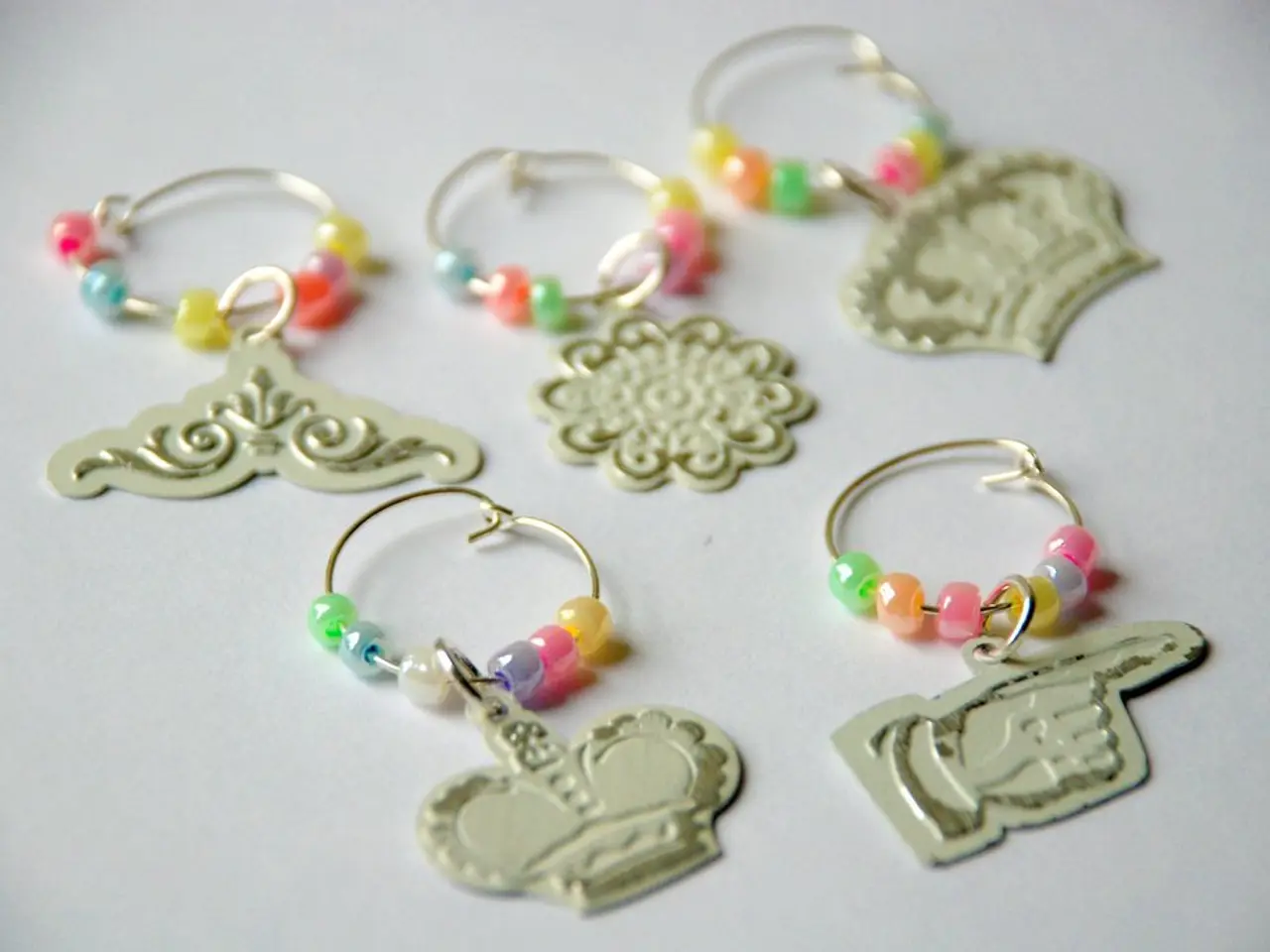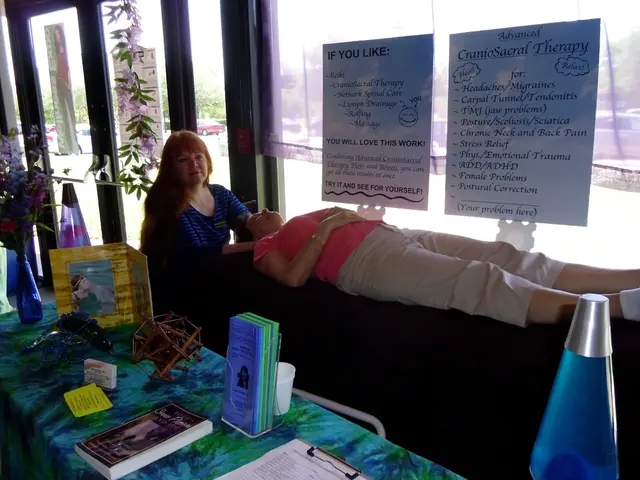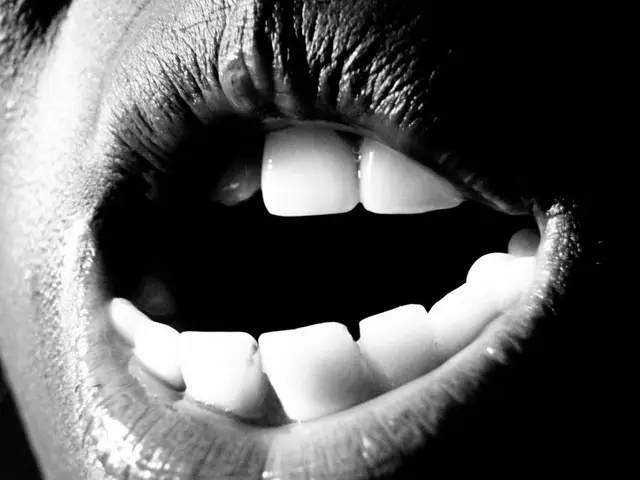Optimal Earring Fit: Achieving Harmony between Comfort and Aesthetics
In the world of fashion, earrings are a popular accessory that add a touch of style to any outfit. However, it's essential to remember that earrings are also a form of body jewellery, and like any other body modification, they require proper care and maintenance to ensure they don't cause harm.
Difficulty removing earrings can sometimes require professional help. If you find yourself unable to remove an earring due to swelling, pain, or a damaged closure mechanism, seek help from a piercer or healthcare provider. Signs of infection or allergic reaction also necessitate professional attention. Consult with a dermatologist, allergist, or healthcare provider if you experience pus, excessive redness, swelling, fever, or suspect an allergic reaction.
The material of your earrings can significantly impact their comfort. Heavier materials, such as certain types of metal or large gemstones, can pull down on the earlobe, creating the sensation of tightness. Lighter materials, like plastic, resin, or lightweight metals such as titanium or aluminum, are less likely to cause this downward pull.
Avoid using harsh chemicals or alcohol-based cleaners, as these can irritate the skin. The ideal looseness for earrings allows for air circulation and prevents the earring back from pressing into the skin. The earring should gently move without feeling any resistance or pressure on the earlobe.
Regular ear cleaning is essential for maintaining ear health and preventing infection. Clean earrings and piercings with a mild antiseptic solution at least once a week. For sensitive ears, screw-on backs, flat backs, and larger butterfly backs with a larger surface area are gentler and less likely to cause irritation. Hypoallergenic materials like surgical stainless steel, titanium, or niobium are less likely to trigger allergic reactions compared to nickel or alloys containing nickel.
To gauge earring tightness, you can gently add a slight bend to the last 1mm of the pin by inserting it into the tube of the earring back and checking the tension; repeat until the stud holds securely without pinching the earlobe or causing pain. Earrings should fit snugly enough to stay in place but with enough space to allow slight movement; too tight earrings can cause discomfort, restrict blood flow, or lead to infections.
For new or re-pierced ears, use appropriate-sized earrings. For re-piercing, simple studs or small hoops of the right gauge and hypoallergenic materials (like titanium or surgical steel) reduce irritation and allergic reactions. Maintain strict hygiene: wash hands before handling earrings, and sterilize earrings properly to prevent infections.
For stretched ears, increase gauge size slowly and keep jewelry clean and body-safe to avoid blowouts or infections. Regularly check the fit of earrings, particularly after swelling (such as after initial piercing or after sleep and meals), as swelling can change the fit and tightness.
By balancing secure fit without excessive tightness, choosing clean and suitable jewelry, and practicing good aftercare, you minimize risks such as irritation, infection, or tearing when wearing earrings. If you experience persistent or worsening discomfort related to your earrings, notice signs of infection, suspect a metal allergy, or develop a keloid or other unusual growth around your piercing, consult a professional, such as a dermatologist or a piercer.
If you're into health-and-wellness, remembering to clean and maintain your earrings properly can help prevent infections and allergic reactions. For skincare enthusiasts, choosing lighter materials like plastic, resin, or titanium for earrings can lessen discomfort and irritation. In the realm of lifestyle and fashion-and-beauty, it's crucial to strike a balance between a snug fit and enough space for movement to avoid unnecessary discomfort and potential issues.




